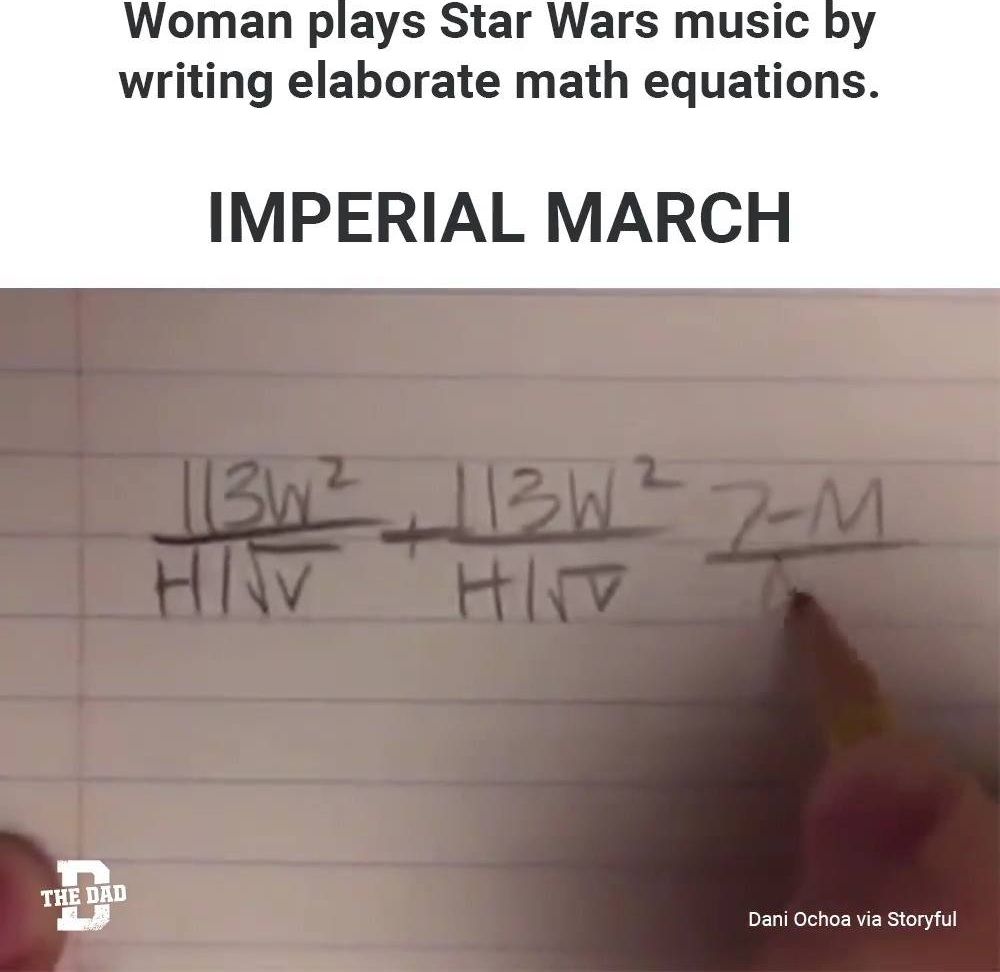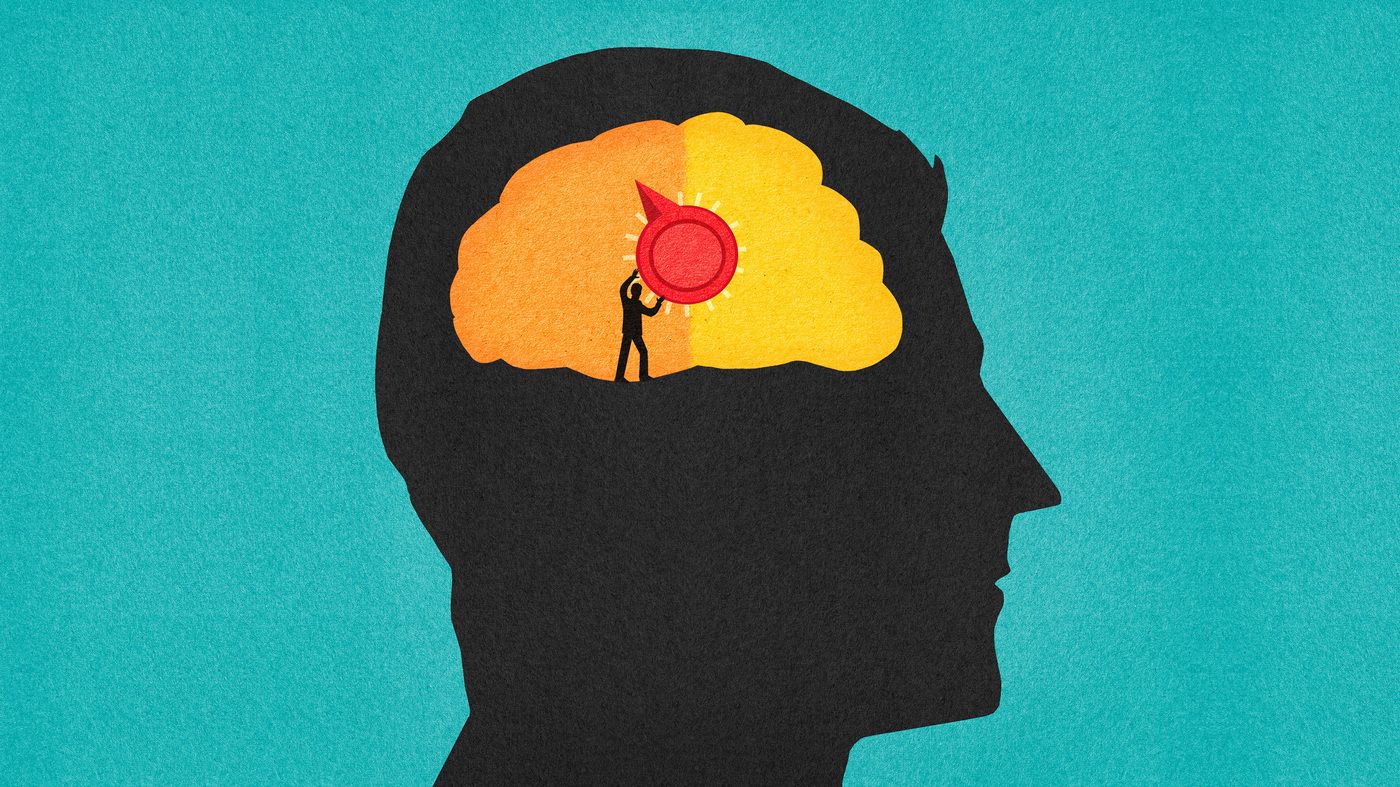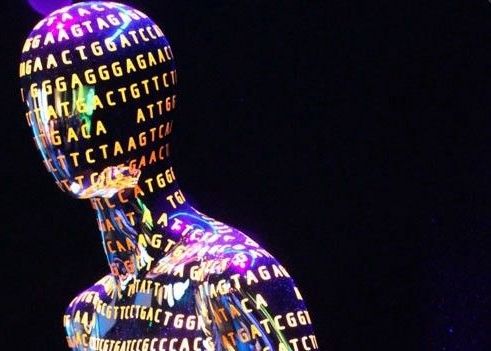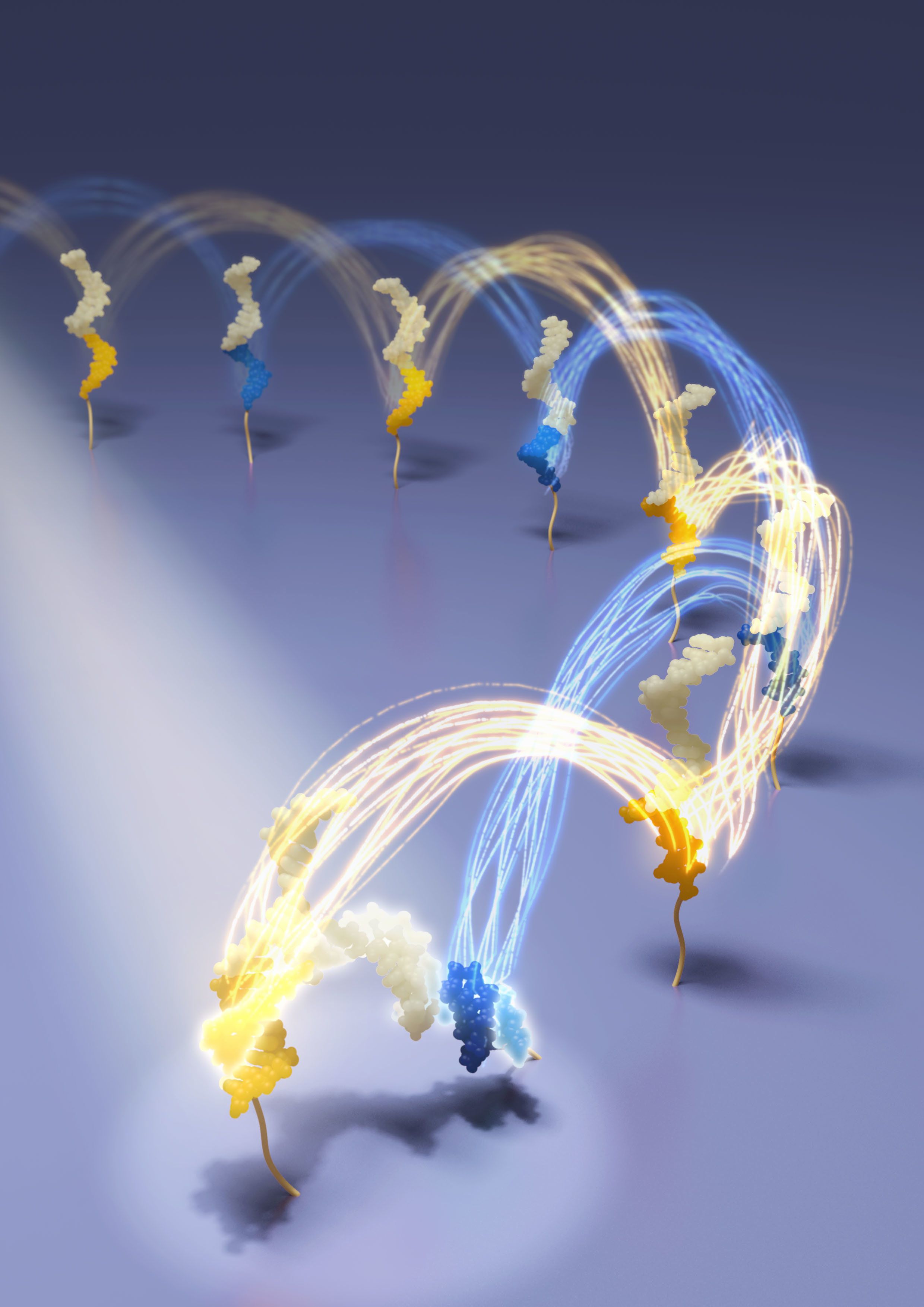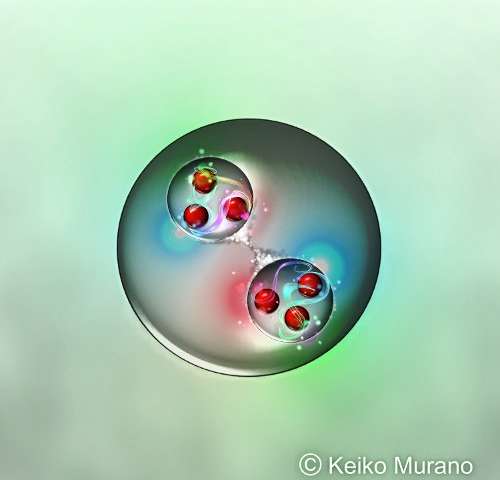Archive for the ‘mathematics’ category: Page 141
Jul 30, 2018
The Peculiar Math That Could Underlie the Laws of Nature
Posted by Shailesh Prasad in categories: mathematics, particle physics

New findings are fueling an old suspicion that fundamental particles and forces spring from strange eight-part numbers called “octonions.”
Jul 29, 2018
This 3D-printed AI construct analyzes
Posted by Genevieve Klien in categories: 3D printing, mathematics, robotics/AI
Machine learning is everywhere these days, but it’s usually more or less invisible: it sits in the background, optimizing audio or picking out faces in images. But this new system is not only visible, but physical: it performs AI-type analysis not by crunching numbers, but by bending light. It’s weird and unique, but counter-intuitively, it’s an excellent demonstration of how deceptively simple these “artificial intelligence” systems are.
Machine learning systems, which we frequently refer to as a form of artificial intelligence, at their heart are just a series of calculations made on a set of data, each building on the last or feeding back into a loop. The calculations themselves aren’t particularly complex — though they aren’t the kind of math you’d want to do with a pen and paper. Ultimately all that simple math produces a probability that the data going in is a match for various patterns it has “learned” to recognize.
The thing is, though, that once these “layers” have been “trained” and the math finalized, in many ways it’s performing the same calculations over and over again. Usually that just means it can be optimized and won’t take up that much space or CPU power. But researchers from UCLA show that it can literally be solidified, the layers themselves actual 3D-printed layers of transparent material, imprinted with complex diffraction patterns that do to light going through them what the math would have done to numbers.
Jul 16, 2018
Heat Making You Lethargic? Research Shows It Can Slow Your Brain, Too
Posted by Genevieve Klien in categories: health, mathematics, neuroscience
Summer Heat Waves Can Slow Our Thinking : Shots — Health News Hot weather can influence cognitive performance, according to new research. Young adults living in non-air-conditioned dorms during a heat wave performed worse on math and attention tests.
Jul 3, 2018
Why Particle Physicists Are Excited About This Mysterious Inconsistency
Posted by Genevieve Klien in categories: mathematics, particle physics
Scientists haven’t conclusively spotted any new particles since the Higgs boson, and that’s got some people worried—there are a ton of other physics puzzles remaining, many of which would require the presence of a new particle to resolve. But recently, there have been some tantalizing clues of new physics, perhaps a new particle, that many scientists are excited about.
There’s a discrepancy between theoretical and experimental calculations of the “muon magnetic moment,” or how strongly the electron’s heavier cousin behaves in a magnetic field. A newer mathematical calculation has made things even more interesting, and some particle physicists are eagerly awaiting the new results from an experiment here in the United States.
Jun 30, 2018
Human Civilization is our Second Womb for Birthing Transhumans
Posted by Odd Edges in categories: biotech/medical, cyborgs, food, genetics, mathematics, sustainability, transhumanism
A being that can consciously alter its own DNA via technological intervention (i.e. cybernetic means) is what our Second Womb has been nurturing. We have used civilization to protect ourselves while we crack the code of our biological being. We started in the womb of the cave. Then moved on to the womb of the hut. Then the village, the city, and the state. All thew hile, we have been tinkering with our own DNA and the DNA of other species. To me, this is the real posthuman or transhuman — it is the creature that is actively editing its own biological blueprint through tech. This is what we’ve been doing since we started augmenting our bodies with clothing and animal skins. We’ve been modifying our ability to endure the slings and arrows of the cosmos.
What is human civilization? It is difficult to assert that other animals do not create their own civilizations — termites for instance meet some criteria for being categorized as cyborgs (building temperature-controlled mega structures). Animals communicate, express feelings, and have personalities. Octopi arrange furniture for would-be mates. Others engage in mating rituals. Some mourn the dead. Birds can solve simple math. Critters scheme, enterprise, forge bonds, and even produce art. What do we do that animals do not?
To our credit, we are the only animals that record, share, and develop history upon structures and materials outside of our bodies. We harness energy for massive projects. We farm, but again, so do leaf-cutter ants. But we create genetically novel vegetables and animals. We alter the global climate. Our enterprises are global, and given time and opportunity, our projects will eventually become exostellar. We do all this rather ferociously. Human history is a rather short explosion of civilization-building activities, and yet it might already have irrevocably altered the future of all life on this planet. No other creature has created a circumstance quite like that of human beings and our anthropocene project. For instance, unless we clean up the environment, the next few generations of plant and animal life are going to have be extremely resilient to radiation, Styrofoam, plastics, and other run-offs squeezed out from the human project. That is just a fact of life now on earth.
Continue reading “Human Civilization is our Second Womb for Birthing Transhumans” »
Jun 23, 2018
Built for speed: DNA nanomachines take a (rapid) step forward
Posted by Ian Hale in categories: biotech/medical, mathematics, nanotechnology, robotics/AI
The smallest Imperial Walker to ever attack the rebel alliance.
When it comes to matching simplicity with staggering creative potential, DNA may hold the prize. Built from an alphabet of just four nucleic acids, DNA provides the floorplan from which all earthly life is constructed.
But DNA’s remarkable versatility doesn’t end there. Researchers have managed to coax segments of DNA into performing a host of useful tricks. DNA sequences can form logical circuits for nanoelectronic applications. They have been used to perform sophisticated mathematical computations, like finding the optimal path between multiple cities. And DNA is the basis for a new breed of tiny robots and nanomachines. Measuring thousands of times smaller than a bacterium, such devices can carry out a multitude of tasks.
Continue reading “Built for speed: DNA nanomachines take a (rapid) step forward” »
Jun 12, 2018
In her short life, mathematician Emmy Noether changed the face of physics
Posted by Genevieve Klien in categories: mathematics, physics
A century after she published a groundbreaking mathematical theory, Emmy Noether gets her due.
Jun 4, 2018
There Are No Laws of Physics. There’s Only the Landscape
Posted by Genevieve Klien in categories: mathematics, physics
Scientists seek a single description of reality. But modern physics allows for many different descriptions, many equivalent to one another, connected through a vast landscape of mathematical possibility.
May 24, 2018
Using the K computer, scientists predict exotic “di-Omega” particle
Posted by Genevieve Klien in categories: computing, cosmology, mathematics, particle physics, quantum physics
Based on complex simulations of quantum chromodynamics performed using the K computer, one of the most powerful computers in the world, the HAL QCD Collaboration, made up of scientists from the RIKEN Nishina Center for Accelerator-based Science and the RIKEN Interdisciplinary Theoretical and Mathematical Sciences (iTHEMS) program, together with colleagues from a number of universities, have predicted a new type of “dibaryon”—a particle that contains six quarks instead of the usual three. Studying how these elements form could help scientists understand the interactions among elementary particles in extreme environments such as the interiors of neutron stars or the early universe moments after the Big Bang.
Particles known as “baryons”—principally protons and neutrons—are composed of three quarks bound tightly together, with their charge depending on the “color” of the quarks that make them up. A dibaryon is essentially a system with two baryons. There is one known dibaryon in nature—deuteron, a deuterium (or heavy-hydrogen) nucleus that contains a proton and a neutron that are very lightly bound. Scientists have long wondered whether there could be other types of dibaryons. Despite searches, no other dibaryon has been found.
The group, in work published in Physical Review Letters, has now used powerful theoretical and computational tools to predict the existence of a “most strange” dibaryon, made up of two “Omega baryons” that contain three strange quarks each. They named it “di-Omega”. The group also suggested a way to look for these strange particles through experiments with heavy ion collisions planned in Europe and Japan.
